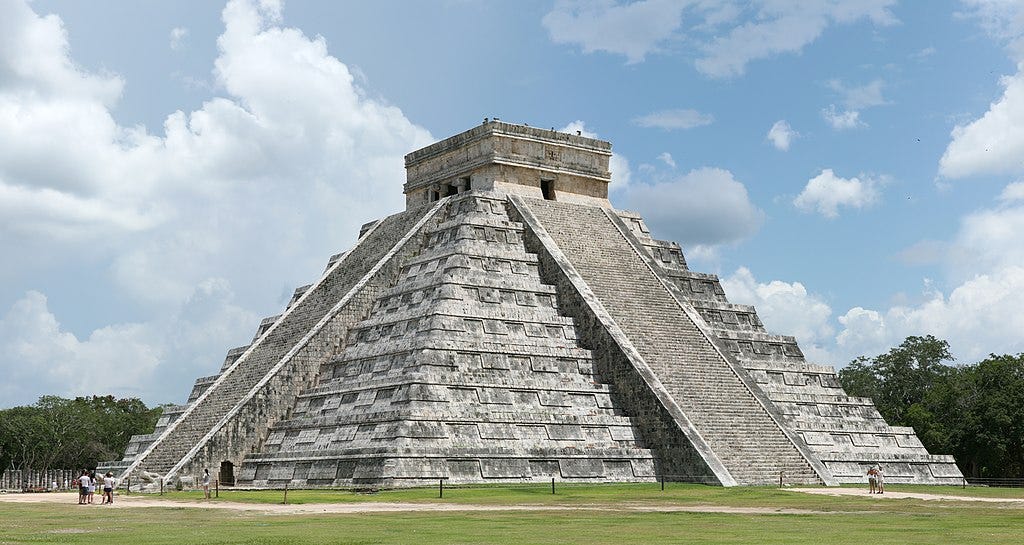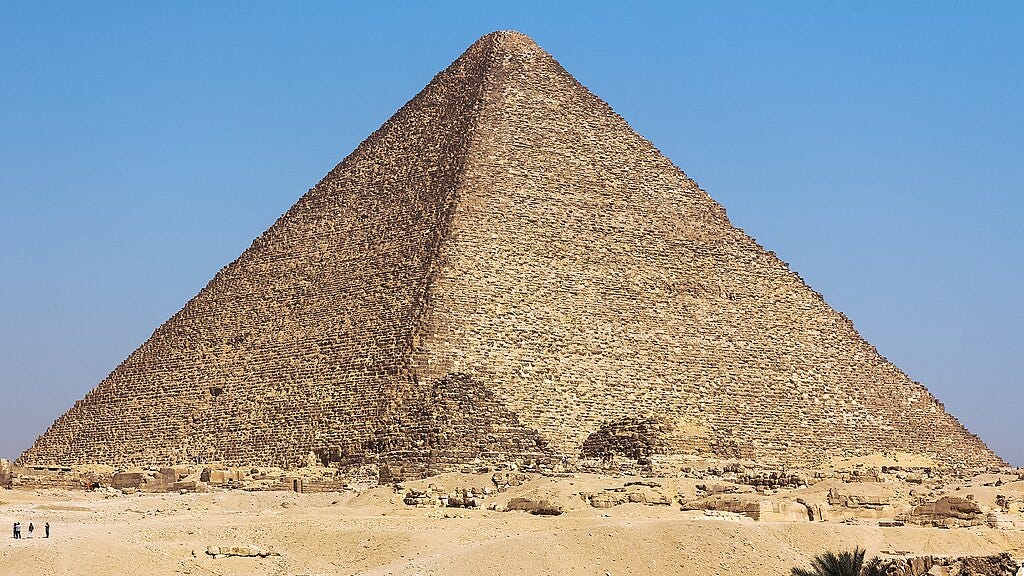The Human Obsession with Pyramids
Why Every Civilization Built Pyramids?
Humanity has always been obsessed with defeating death. Every civilization has faced the same question: when we die, do we vanish forever?
The pyramid was humanity’s most ambitious answer. Not just as tombs or temples, but as monuments against oblivion. Egyptians pointed theirs at the stars. The Maya turned them into living calendars. The Chinese buried entire armies beneath them. And in remote corners of the world, people raised the same shape repeatedly.
The question is why this form? Why did so many people, separated by oceans and centuries, all decide to build pyramids?
Were they sharing secret knowledge? Maybe. Or perhaps there’s something about the pyramid itself that makes it the most natural shape for overcoming our fear of death.
Let’s begin where the story is loudest: Egypt. The Great Pyramid of Khufu has stood for over 4,500 years, two million blocks of stone stacked with an accuracy modern machines would envy. Scholars debate ramps, levers, labor, but the real puzzle is why. For Egyptians, the pyramid wasn’t just a grave. Its sides mimicked the sun’s rays, a stairway for the pharaoh’s soul to climb into the sky. It was a resurrection engine disguised as stone.
South of Egypt, in Sudan, the Kingdom of Kush built its own pyramids. Smaller, steeper, and clustered by the dozens, they weren’t mere imitations. They carried the same obsession: kings and queens who refused to disappear into sand and silence. Each sharp peak was a defiance against forgetting.
Cross the ocean, and the obsession takes a distinct form. In Mexico, the builders of Teotihuacan erected the Pyramid of the Sun and the Pyramid of the Moon. We don’t even know their names. The Aztecs, centuries later, stumbled on the ruins and called it “the place where gods were born.” Think about that. Even when the city’s people were gone, the pyramids still radiated such power that a new empire had to give them divine meaning.

The Maya took it further. At Chichén Itzá, the Pyramid of Kukulcán becomes a living serpent twice a year. On the equinox, shadows ripple down its steps as if a god is slithering into the plaza. Thousands would gather to watch stone and sun create a cosmic performance. For the Maya, pyramids weren’t silent tombs. They were calendars, theaters, stages where human and divine time collided.
Keep reading with a 7-day free trial
Subscribe to The Culture Explorer to keep reading this post and get 7 days of free access to the full post archives.


